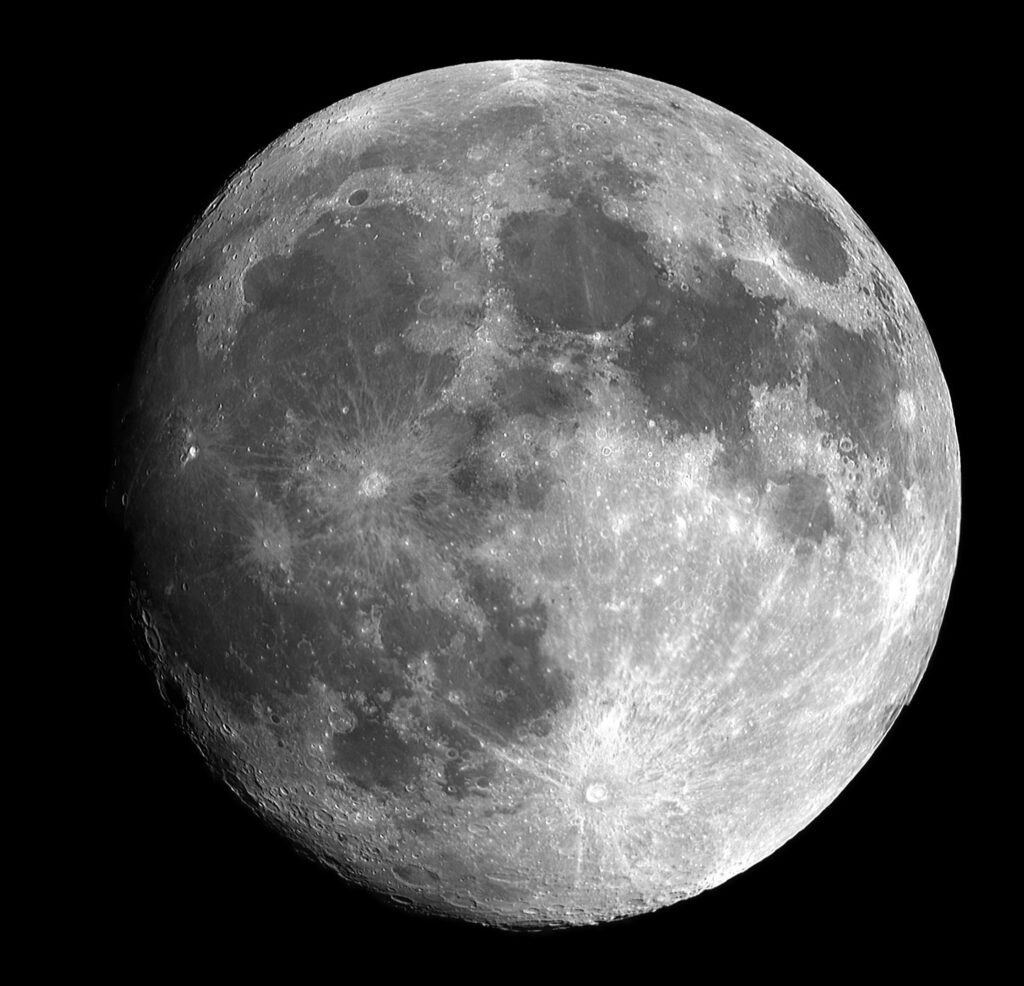Title: Exploring the Moon for Science: Protecting Our Celestial Neighbor
Imagine looking at the stars from the moon! Scientists are excited about the idea of setting up advanced telescopes there. These telescopes could help us learn more about the universe. But there’s a problem: we need to protect them from other activities happening on the moon.

Richard Green, who works with the IAU, says it’s important to protect the telescopes from things like radio signals and other interference. This way, scientists can explore space without any distractions.
Some members of the group are experts in space law and policy. They’re figuring out how to make sure the telescopes have the protection they need. They also want to make sure that everyone has a fair chance to use them.
One idea is to designate certain areas on the moon as special sites for scientific research. This would help keep them safe from any other activities happening there.
Ian Crawford, a professor, thinks we should treat these sites like we do special places on Earth, such as protected areas in Antarctica. By doing this, we can make sure that the telescopes are safe and free from interference.
Jack Burns, a professor at the University of Colorado, is excited about the projects NASA is supporting. He’s involved in one that aims to put a radio telescope on the moon’s south pole. This telescope could teach us about the early universe and how it formed.
Another project, led by Burns and his team, plans to send a radio telescope to the far side of the moon. This area is perfect for radio astronomy because it’s very quiet. It’s like having a peaceful spot in a noisy city.
These projects show that the idea of doing astronomy from the moon isn’t just a dream anymore. It’s becoming a reality. And that’s something worth celebrating!
In the end, protecting the moon for scientific exploration is essential. By working together, scientists, policymakers, and space agencies can make sure that the moon remains a haven for studying the cosmos. Who knows what amazing discoveries await us when we look to the stars from our lunar neighbor?
